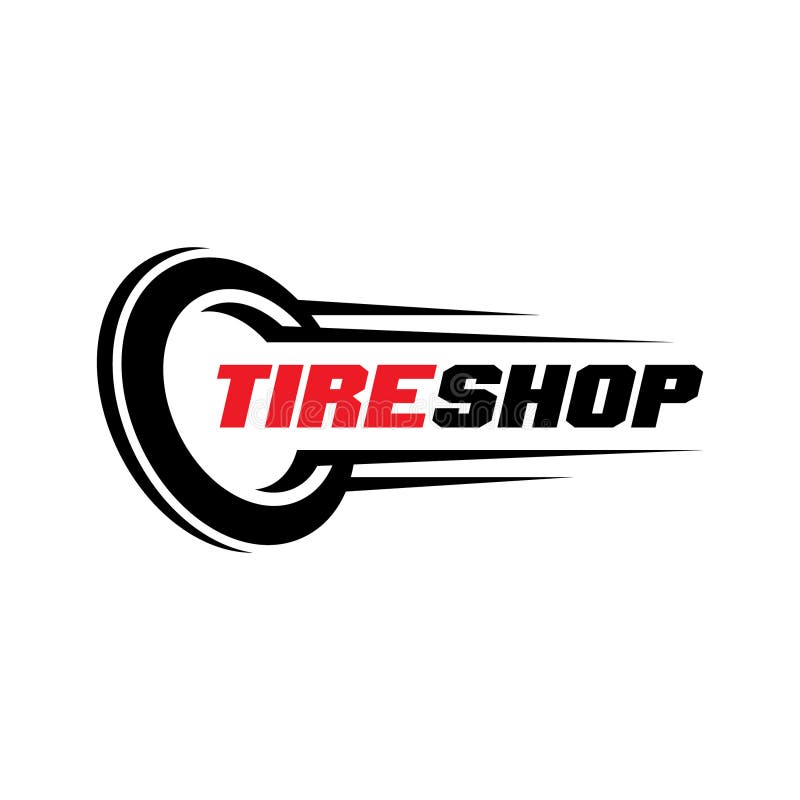The Scientific Research Behind Tire Repair Work and Safety
When it involves the intricate globe of tire upkeep and safety and security, there exists a world of scientific research that frequently remains hidden by the typical motorist - morris tire service. The products that compose a tire, the effect of tire pressure on total safety and security, the implications of walk wear, the elaborate dynamics of tire grip, and the often-overlooked significance of appropriate wheel positioning all play crucial roles in making sure a vehicle runs safely and successfully. As we navigate with the complexities of tire fixing and safety, it ends up being noticeable that a deeper understanding of these clinical concepts is not only advantageous but necessary for every single chauffeur on the roadway
Tire Composition and Performance
What products make up the composition of tires, and how do these parts add to their capability on the road? Steel cords are included to boost the tire's toughness and aid it preserve its form under various roadway conditions.
The composition of tires plays a vital function in their functionality when driving - morris tire service. The rubber substances provide grip and grip, allowing the tire to comply with the road surface and give stability throughout velocity, braking, and cornering. The material and steel layers add to the tire's ability to stand up to pressure, keep its shape, and sustain the automobile's weight. Overall, the mindful choice and combination of these products make sure that tires can do successfully and safely on different roadway surfaces and conditions.
Effect of Tire Pressure on Safety And Security
Maintaining appropriate tire stress is essential for making sure optimal safety and efficiency while driving. The influence of tire pressure on security can not be overstated. Underinflated tires are prone to overheating, which can lead to tire blowouts, specifically at broadband. Additionally, low tire pressure impacts the handling and responsiveness of the lorry, enhancing the risk of crashes, particularly during emergency maneuvers. On the other hand, overinflated tires have much less contact with the road surface area, minimizing grip and creating unequal endure the tire treads. This compromises the lorry's security and braking effectiveness, presenting a significant safety and security risk. Effectively filled with air tires also play a critical role in fuel effectiveness, as underinflated tires can increase moving resistance, leading to lowered gas mileage. On a regular basis inspecting and preserving the appropriate tire stress not just makes sure safety and security however additionally prolongs the life expectancy of the tires, minimizing substitute prices in the future.
Tread Put On and Its Ramifications
Appropriate monitoring of tire tread wear is essential for guaranteeing optimal efficiency and safety when traveling. As tires use down, the deepness of the step decreases, minimizing the tire's ability to maintain traction, especially in wet or slippery conditions. The tread pattern and depth play an important function in funneling water far from the tire to avoid hydroplaning and keeping grasp when traveling surface area.
Indications of extreme walk wear include hairless places, irregular wear, and the appearance of wear indicators. Hairless spots suggest Find Out More localized wear, which can cause instability and raised danger of blowouts. Uneven wear might recommend problems with tire suspension, inflation, or alignment components. Put on indicators are developed right into the tire step and come to be noticeable when the walk deepness reaches a particular reduced point, indicating the need for immediate substitute.

Recognizing Tire Traction Characteristics
Monitoring tire step wear not just makes certain ideal efficiency and safety and security but additionally directly affects the traction dynamics of the tires on different roadway surfaces. Tire grip is a critical element of vehicle handling and security, as it establishes the grasp between the tires and the he has a good point roadway. Traction characteristics differ depending upon road problems such as completely dry pavement, damp roads, snow, or ice.

Understanding tire traction characteristics is important for drivers to adjust their driving behavior according to the roadway problems. morris tire. On a regular basis examining tire walk depth and problem can significantly boost traction performance, making certain safer driving experiences across different surface areas
Value of Proper Wheel Alignment
Ensuring proper wheel placement plays a crucial duty in optimizing automobile performance and prolonging tire longevity. Correct wheel positioning includes changing the angles of the wheels to supplier specifications, making certain that they are perpendicular to the ground and parallel to each various other. When placement is off, it can result in unequal tire wear, lowered gas performance, and endangered handling.
One of the vital benefits of keeping linked here correct wheel positioning is improved taking care of and security. Misaligned wheels can trigger the automobile to draw to one side, affecting steering control and overall driving experience. Additionally, proper positioning promotes also tire wear, protecting against premature tire replacement and minimizing upkeep expenses in the future.

Final Thought
In conclusion, the science behind tire repair work and security is critical for keeping automobile performance and guaranteeing vehicle driver safety and security. By understanding tire composition, pressure, step wear, grip dynamics, and wheel positioning, chauffeurs can protect against accidents and extend the life-span of their tires.
The products that make up a tire, the impact of tire stress on general safety, the effects of tread wear, the complex characteristics of tire grip, and the often-overlooked significance of appropriate wheel placement all play essential duties in making certain a vehicle runs securely and efficiently. On the other hand, overinflated tires have much less call with the road surface, minimizing traction and causing unequal wear on the tire treads. Consistently checking and keeping the appropriate tire pressure not just guarantees safety however likewise expands the life-span of the tires, conserving on replacement expenses in the long run.
Keeping track of tire tread wear not just makes certain optimal performance and safety and security however likewise directly impacts the grip characteristics of the tires on different road surfaces. Tire grip is a vital facet of vehicle handling and safety, as it figures out the grip between the tires and the roadway.